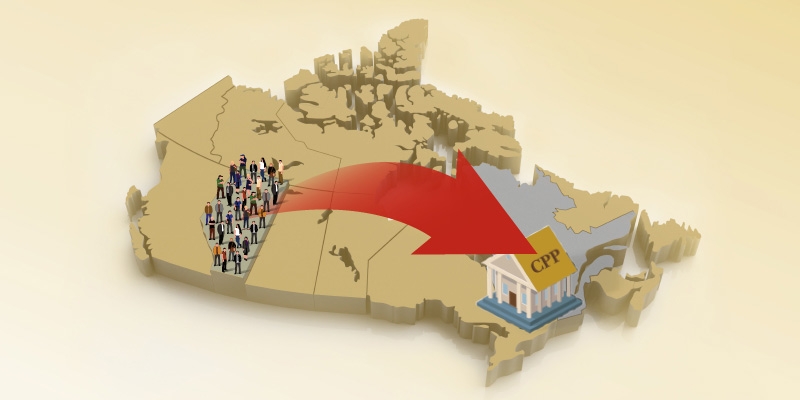Albertans Make Disproportionate Contributions to National Programs: The Canada Pension Plan as a Case Study
— Published on April 3, 2019

Summary
- Alberta disproportionately contributes to a host of national and federal programs. This bulletin examines the province’s contributions to the Canada Pension Plan.
- In 2017, Alberta workers represented 16.5 percent of the total contributions to the CPP while Alberta retirees consumed 10.6 percent of CPP expenditures. This resulted in a net contribution by Albertans to the CPP in 2017 of $2.9 billion. Over the last decade (2008–2017), Albertans made a cumulative net contribution of $27.9 billion to the CPP.
- Alberta’s disproportionate contributions to the CPP and other national programs happen largely because the province has a disproportionate share of the country’s working age population (including stable net in-migration from other provinces of working age Canadians), a higher employment rate for people of working age, and higher average earnings than the rest of the country.
- We made hypothetical calculations to estimate the effect on the CPP contribution rate if Alberta withdrew from the plan. The calculations are based on CPP prior to its expansion and on the OSFI’s definition of sustainability, as detailed in the bulletin.
- Based on Alberta’s current disproportionate contributions to the CPP, the contribution rate would have to increase from 9.9 percent (pre-expansion) to 10.6 percent to remain sustainable if Alberta withdrew from the plan. Alternatively, Alberta’s hypothetical stand-alone rate could be as low as 5.85 percent.
- We calculated a second estimate that assumed Alberta’s contribution to the program diminished and began to converge with that of the rest of the provinces. In such a scenario, the CPP rate would still have to increase to 10.3 percent to remain sustainable while a stand-alone Alberta program would have a contribution rate of 7.2 percent.
Authors:
More from this study
Subscribe to the Fraser Institute
Get the latest news from the Fraser Institute on the latest research studies, news and events.




